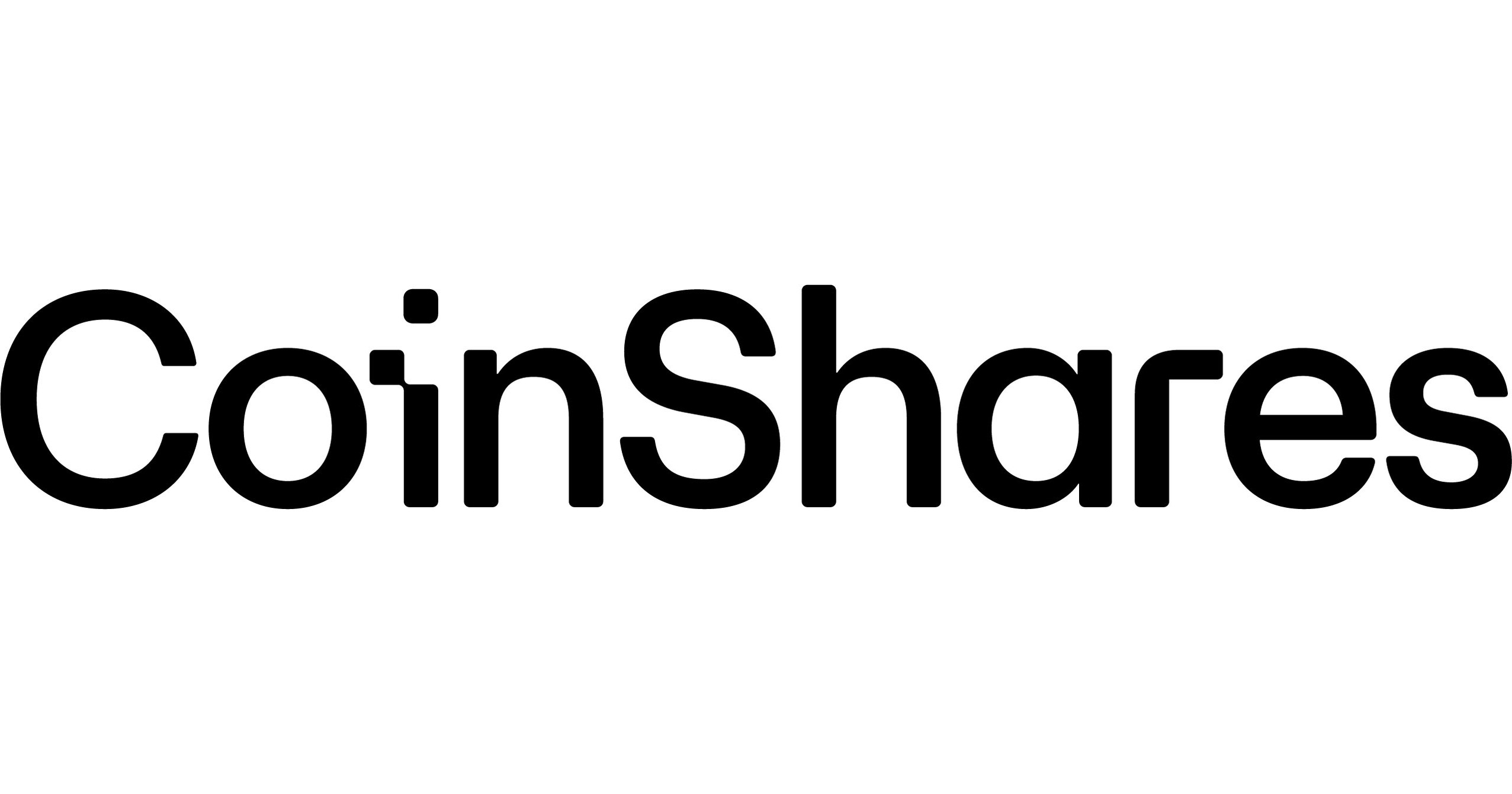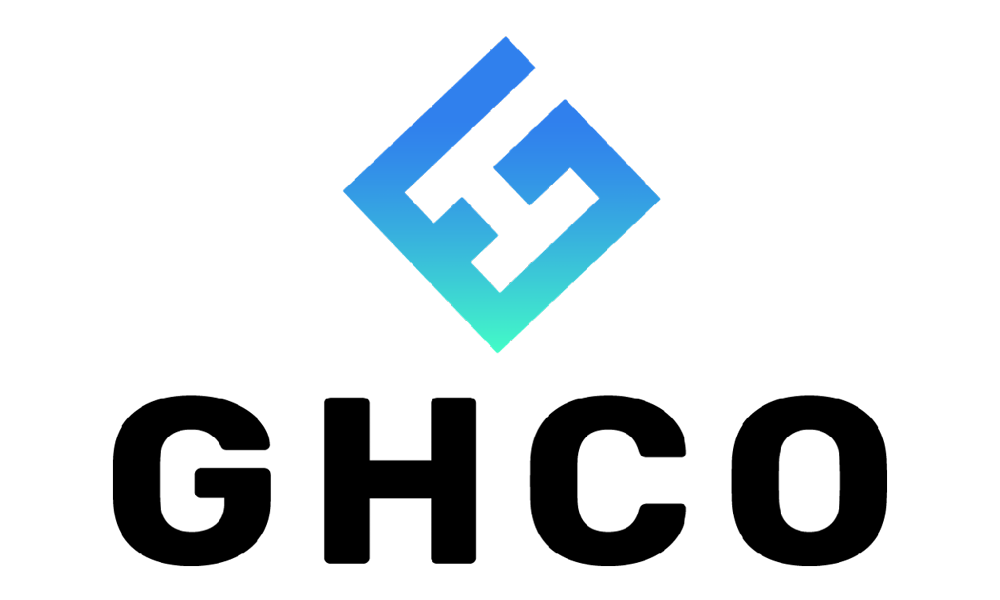Tech advancements and the rise of electronic trading have gone some way to create a quick and seamless process in the ETF authorised participant space – a fast-evolving landscape – but so far it has failed to reach the world of digital asset ETPs.
Like the broader ETF pricing landscape, the digital asset space is an area dominated by the main independent market makers – Flow Traders and Jane Street – with a few other market specialists such as GHCO and DRW also taking a market share.
However, the dynamic of the lightning-fast technology of crypto colliding with the often cumbersome finance industry has led to, among other issues, a laborious pricing process. Furthermore, the absence of investment banks in the market making process, which are not legally allowed to handle cryptocurrencies, has raised concerns around liquidity.
Market inefficiencies
Ciaran Fitzpatrick, head of ETF servicing, Europe, at State Street, said he is surprised by the outdated processes of the crypto market makers given the developments in ETFs over the last 10 years. “For the last decade, Europe has been trying to build out the infrastructure from order taking platforms and dealing platforms to trying to remove the fragmentation in the market and we are getting places.
“For such a technology product like digital assets, the actual operating model had brought us back to where the ETF market was 10 years ago when orders were being placed via faxes and confirmations being sent by email.”
In this regard, the modernity of crypto is also its Achilles heel in the institutional space, creating more market inefficiencies in the early days of adoption than solutions.
Bernie Thurston, CEO of Ultumus, said the issue is a lack of infrastructure. “It is a very manually laborious process with no straight-to-processing currently in place. Currently, circa 99% of it is all done via email, which is a big issue for such a modern forward-thinking product,” he said.
However, Edd Carlton, institutional digital asset trader at Flow Traders, said he disagrees that most pricing is done over email, adding that Flow Traders uses platforms such as Tradeweb and Bloomberg. “Whether we are trading an ETP on screen or as an authorised participant providing an over-the-counter price via one of these platforms, it is not any different to trading an equity or a fixed income ETP.”
Despite this, Carlton added the nature of trading the underlying crypto is still capital and time intensive, as it requires a relationship with multiple crypto native exchanges to price the product with the underlying asset, as opposed to dealing with one prime brokerage.
“It can become extremely capital intensive. Hypothetically, if you are connected to 10 or more exchanges and deploy capital in each of those, instantly that is much more capital,” he said. “For creation in-kind, the role of authorised participants is to go out to source the bitcoin and deliver it to the issuer, and you can see how that might be a capital-intensive operation, especially on larger sizes.”
Carlton added there are also issues around the movement of fiat currencies, as there is no crypto centralised clearer to help with this, while many banks will not allow clients to send money directly from your account to a native crypto exchange, creating dependency on a limited number of corresponding banks, which also makes it a time-intensive operation.
Liquidity issues
With the absence of investment banks from the creation and redemption process, the onus is very much on market specialists.
Dan Izzo, CEO of GHCO, said the handful of liquidity providers in the crypto ETP space is a structural issue for the market. “Issuers will tell you they have only signed up one or two authorised participants, and that is a result of the banks not being able to handle the coins,” he says.
“It may have expanded now, but there was a period where GHCO was the only authorised participant signed up for some ETPs. If you only have a handful of true liquidity providers, there is a structural risk to that.”
However, Fitzpatrick said the fact it is the established and specialised market makers offering liquidity in this space is positive, while the levels currently being traded are not sufficient to cause too much of an issue.
“I am sure it gives a bit more confidence to the market that you have got the likes of Jane Street and Flow Traders offering their services, and it is not a whole new range of authorised participants in this space,” he said.
Carlton added: “If you look at the authorised participants covering the digital asset market, there are some pretty big names, with more coming into the space over the last couple of years, so there is no kind of liquidity shortage.”
Despite this, he says there is a difference between trading a mainstream cryptocurrency versus altcoins or basket products that suffer from lower liquidity.
Crypto meets finance
There are signs that infrastructure is improving. There is a distinct possibility that it could supersede the existing mechanisms for trading equity and fixed income ETPs. In March, Thurston’s Ultumus launched the Cosmos platform in partnership with CoinShares to streamline the creation and redemption process.
Furthermore, Fitzpatrick said the introduction of large players such as Invesco and Fidelity into the crypto ETP space will also help develop the infrastructure. “When you get more mainstream players coming into the market, that will help build out the infrastructure. The market will see more mainstream asset managers entering the space this year.”
Carlton added blockchain and digital ledger technologies will ultimately improve the efficiency of not only the crypto authorised participant market but the financial market.
He said: “In five to 10 years, new technologies could result in a blockchain settlement of fixed income and equity-based assets. With regards to solving market inefficiencies for the crypto native exchanges there will be a certain amount of resistance.
“If we look back in time at Mt Gox derivation of Magic: The Gathering Online Ex-change, the first recognised crypto exchange, it was built as a mechanism for exchanging playing cards without any centralised clearing or prime brokerage.
“At the time, crypto native exchanges were not built for the asset class to be traded by tier one banks and financial institutions across the globe, so it is going to be quite a big lift to facilitate the exchanges, however, it is not beyond the realm of possibility.”
This article first appeared in ETF Insider, ETF Stream's monthly ETF magazine for professional investors in Europe. To access the full issue, click here.
Related articles









